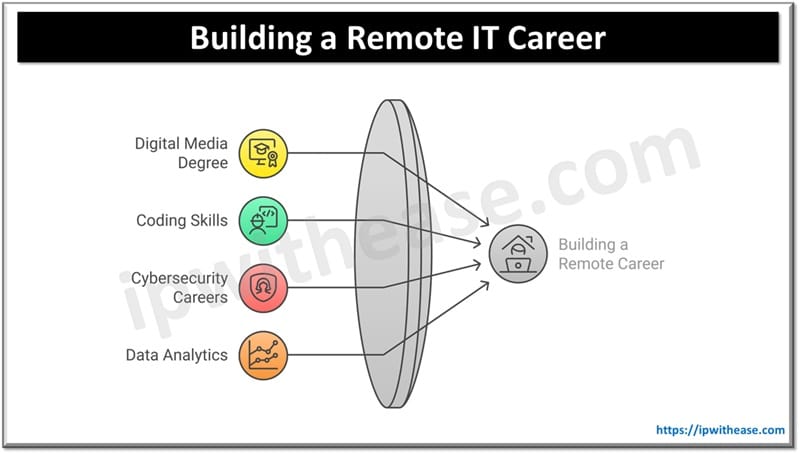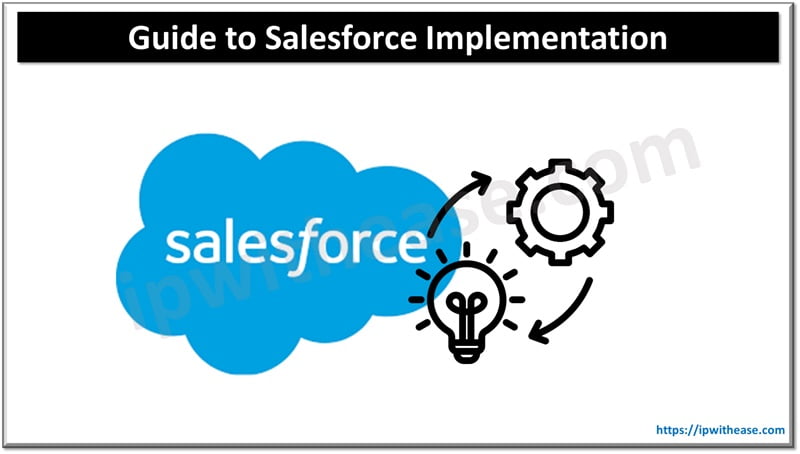IT Technologies & Banking Sector
Technology innovations are disrupting every industry, including the banking sector. IT Technologies like cloud computing, Artificial intelligence (AI), blockchain cryptocurrency, big data, and Robotic Process Automation (RPA) are defining digital banking. If you want to remain competitive during this digital transformation, it is advisable to apply technology, innovations, and advanced analytics to improve the customer experience and operational efficiency.
The need for digitalization in the banking industry has become particularly apparent in the COVID-19 pandemic. Many banks were forced to adopt digital capabilities to support account opening, lending capabilities, and other banking services when faced with branch closures. Still, given the rapid rate at which customer expectations are increasing, there is more to be done. Some of the new banking technologies to adopt include:
1. Cloud Computing
Banks have been slow to invest in cloud-computing compared to other sectors. However, your institution risks falling behind quickly if you don’t adopt this new banking technology. Cloud computing is simply the storage of data over the internet. The primary advantage of this technology is that data can be accessed from anywhere.
Companies in this sector provide a range of computing services, including servers, storage, analytics, and database. Some of the FinTech cloud computing industry’s largest players include Amazon Web Services, Aliyun, Google Virtual Cloud, and Microsoft Azure.
The cloud has provided banks with an unmatched security level, agility, remote access, efficiency, and scalability. Additionally, banks can leverage techniques like machine learning and IoT to operate information directly via the internet.
Another advantage of cloud computing is that institutions will only pay for the services they use. In addition to cost reduction, banks will enjoy significant gains in efficiency. Cloud computing is a straightforward technology to integrate with banking systems and directly connect with users.
Some of the ways that this technology is disrupting the banking sector include:
Boost Security
The emergence of cloud computing in the tech scene elicited some initial reservations from financial institutions. Banks were anxious about cloud security and regulations, and they subsequently lagged on the technology’s adoption. However, cloud providers offer extreme cybersecurity standards to fulfill a bank’s need for data privacy. As a result, more and more financial bodies are warming up to its usage.
Reliable cloud providers use the latest software and cutting-edge equipment to protect data. Therefore, cloud security can match and even surpass on-premise security.
Improve Efficiency and Performance
Compliance issues are essential to banking executives. What’s more, banking regulations are ever-changing, and you need a solution that will streamline your operations as much as possible. A cloud-computing platform provides quality control, disaster recovery, loss prevention, fraud detection, and sustainability. Therefore, any challenges that will crop up will be resolved quickly. What’s more, you can make quick adjustments to your bank’s resources to meet fluctuating business requests.
Reduce Operational Costs
Cloud computing allows banks to increase or reduce their IT resources as needed. Previously, institutions took a lot of time to decide on additional IT infrastructure, staff, and capabilities to scale up their resources. In contrast, you can quickly scale up your IT operations with cloud computing, especially during a merger or acquisition.
2. AI-Powered Chatbots
Instant messengers have revolutionized the way people communicate. As a result, customers have less patience to wait for many hours for your support team to respond to their queries as was previously the norm. However, it can be a challenge to offer customer service at scale using human effort only, which is why chatbots have become prevalent among fintech companies.
Some outstanding bank bots include Amex by American Express and Erica by Bank of America. Such smart bots can replicate human conversations in real-time at a fraction of the cost that would be invested by using human agents. In addition to cost savings, chatbots will help you expand and engage your customer base.
AI is among the new banking technologies that has revolutionized how financial institutions interact with their customers. One significant benefit of AI is that you can personalize every aspect of a customer journey. You can use AI-based technology for behavior profiling, customized guidance, and providing personalized content. As a result, you will offer more relevant offerings and meet customer expectations for convenience.
Since ATMs were introduced, banking has only become more impersonal and automated. With several swipes and clicks on a mobile device, anyone can access mobile banking services. However, the younger generation is seeking more human interactions online, which is why you should invest in AI-powered chatbots.
The benefits of this technology include:
Ease of Use
You can easily integrate AI-powered chatbots into various platforms, including mobile apps, websites, and conversational platforms. Chatbots have also become easier to access and use, which will appeal to your customers.
Improve the Customer Experience
Improved customer service is perhaps the most attractive benefit of this new banking technology. Your bank’s chatbot will be a consistent virtual assistant, serving customers 24/7. The chatbot will help customers open a bank account, transfer funds, check balances, among other services. Additionally, visitors will access relevant information that will help them solve their banking needs.
Fraud Detection
Credit and debit card users are commonly exposed to online fraud. AI-powered chatbots are purposely designed for risk management and fraud detection, and they will monitor all daily transactions. The chatbots will subsequently raise the alarm upon the detection of any suspicious activity.
3. APIs
Application Programming Interface (API) is among the banking tech trends that banks and fintechs need to explore. There has been a move to new business models that simplify money movement, and APIs give third-party applications access to a bank’s tools and services.
APIs are among the primary drivers of open banking, which promotes transparency in the financial sector. For example, when you pay for products with your smartphone, your device sends data through an API call to adjust your bank account balance. This technology allows smart devices to use APIs to deliver services to users and enables tech companies to design solutions around banking services.
APIs have made it cost-effective and convenient for banks and third-party companies to connect. Subsequently, customers are having an easier time conducting any financial transaction. For example, digital wallets allow real-time payments, regardless of where the customer is.
The uses of banking APIs range from data analytics, payment processing, account authentication, and loyalty programs. Additionally, customers are demanding more seamless banking services, making APIs one of the best new banking technologies to invest in.
Benefits of APIs include:
Improved Customer Experiences
The modern customer is drawn to digital experiences that simplify their life, and APIs expand the scope and number of financial services that customers can use. As a result, customers will spend less time on transactions and access practical solutions to their financial problems. For example, a customer can use your bank app to check mortgage tools and information on credit scores when buying a home.
Increased Digital Agility
The Open Banking ecosystem requires a transparent data architecture. APIs will help you share data quickly and safely and leverage your internal data to generate actionable insights. Additionally, APIs will unlock new digital revenue channels and improve customer engagement.
In Conclusion
The digitization of financial services has changed how banks do business. Technology has made banking transactions quicker and more reliable and enhanced the customer relationship with the bank. Banks worldwide are leveraging AI, machine learning, digital banking, APIs, cloud computing, and other innovative trends to offer better services. Bankers need to adopt new digital business models to generate more value for the end-user.
Continue Reading:
Top 5 Data Breaches in Cyber Security
ABOUT THE AUTHOR
IPwithease is aimed at sharing knowledge across varied domains like Network, Security, Virtualization, Software, Wireless, etc.



